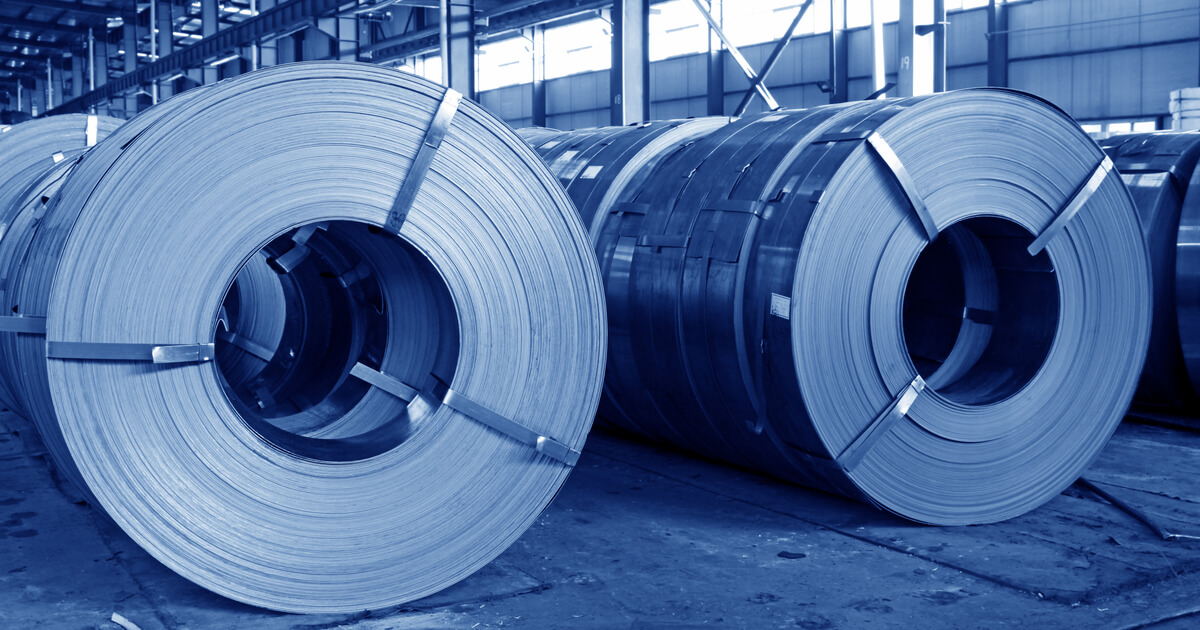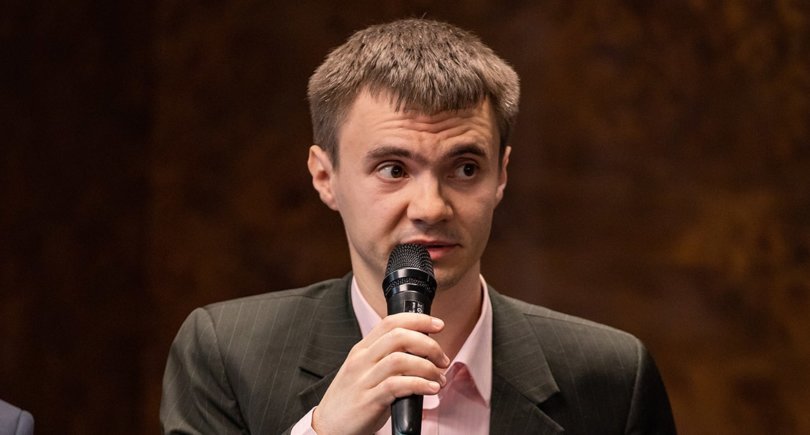
Opinions Global Market prices 596 11 February 2021
At the end of the year, quotations of steel rolled products may fall by 30% of their current levels
It may sound like absurd, but the last year may qualify as successful for the Ukrainian steelmakers. In 2020, the total volume of steel production fell by only 1.1%. Who could have predicted such an outcome, for example, in early April? During the last quarter, the market saw creation of such conditions nobody could have dreamt of over the last decade. Export prices for hot rolled coil went as high as $750 per ton, for Rebar up to $670, and for billets up to $600. How come we saw such high prices during the period of crisis?
COVID-19 epidemic has created imbalances in the market. In spring, we witnessed the deepest and sharpest drop in steel consumption — by 50% in April, y-o-y. But as soon as in 6 months, demand hiked up sharply like never before.
During the spring lockdown in Europe, decline in manufacturing output appeared to be much sharper than in the construction sector. That was why prices for flat products dropped faster than the prices for long products. The lowest drop of prices for hot rolled coil was at the rate of 25% and prices kept under $400 for two months. A number of manufacturers in this very segment closed down their operations. In April, one in three blast furnaces in the EU stood idle. Material uncertainties made it impossible to take decisions on a timely start-up. That was why supply was not in place in time when demand recovered. As on January 2021, 8 furnaces with the total capacity of 11 million tons (which accounts for 5% of total capacity in the region) remained idle.
Demand, on the other hand, fully recovered in the EU from September onward and reached the levels of 2019. For that matter, shipments of rolled products by the service centers in September showed growth by 3.3%, y-o-y, and by 8.8% in November. At the fourth quarter-end, 2020, apparent steel consumption in the EU is expected to have increased by 8.8%.
These are the causes of the price rally at the end of the year. Demand has fully recovered in Europe but many production facilities are still idle, and there is deficit of domestic supply which is impossible to cover by imports because of the safeguard measures currently in place. Finally, protectionism has helped. European consumers find themselves hostage to the policy of tightening the screws on the imports. And that has resulted in a panic in the market, inability of the buyers to satisfy their needs, and hiking prices, including for raw materials. The prices for long products changed on much smaller scale and basically were preconditioned by increase in prices for raw materials.
Such rapid recovery in demand came as a complete surprise for everybody. It is especially so given that the economy is far from reaching 2019 levels. For example, Euro Area’s GDP dropped by 5.4% y-o-y in Q4. So, on the one hand, steel consumption increased by 8.8%, and on the other hand, economy shrunk by 5.4%. According to the forecasts of almost all world financial institutions, Euro Area’s GDP will return to 2019 levels only in Q2 2022.
That means that at the end of the last year, the steel market dynamics broke away from the rate of economic recovery. That fact might be preconditioned by the following causes:
1. As a result of the pandemic, the service sector suffered much more seriously than sectors consuming steel.
2. Those were sectors consuming steel that were supported under the incentive schemes.
3. Extraordinary steel demand during Q4 is temporary and will, soon, be brought in correlation with weaker GDP dynamics.
At the same time, demand in the EU will reach its full potential as early as in Q1 of this year; start-up of blast furnaces with the total capacity of 8 million tons and electric-arc furnaces with the total capacity of 2.5 million tons is planned.
That means that imbalances between demand and supply are going to be eliminated in the next two or three months. On the one hand, the demand level is in the fair way to somewhat ‘cool down’, account taken of the projected slow economic recovery in a number of regions, and risks associated with the ongoing epidemic, and expected reduction of incentives in China. On the other hand, demand is recovering.
Before long, price drop is expected: sharp one — at the end of Q1 or at the beginning of Q2, and soft landing — until the end of 2021. What concerns the price levels, the price for hot rolled coil may drop to $500 until the end of the year, or minus 30% of January baseline levels. Any further significant drop in prices for rolled products will be prevented by the iron ore price. According to the forecasts of the Australian Department of Industry, Science, Energy and Resources, average iron ore price will be above $100 in 2021. Problems involved with restoration of mining in Brazil will support the market.
We have already left behind the best period of steel industry. However, as a whole, this new year is expected to be pretty fine.
The original article was posted here.






